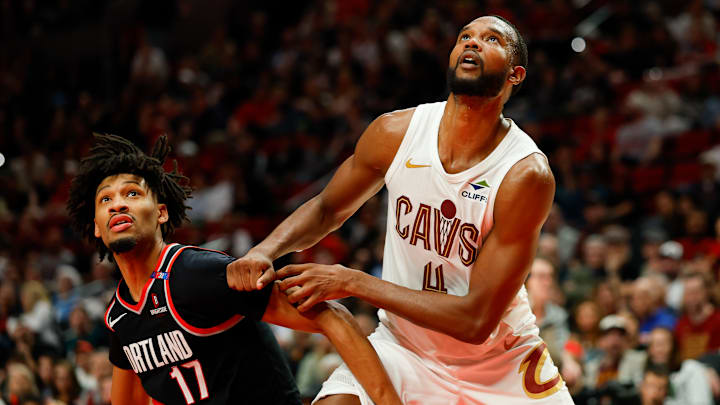The Cleveland Cavaliers constructed a well-rounded NBA Finals contender over the past few seasons, but the dramatic and unexpected changes to the league's landscape might slam that championship window shut too soon.
Last offseason, the Cavaliers agreed to new, long-term contracts with the three core players available to sign a new deal. Evan Mobley and Donovan Mitchell signed maximum extensions, and Evan Mobley agreed to a 40-percent increase, the maximum number he was eligible to sign.
With Darius Garland's $39.4 million also on the books, the Cavs enter the 2025-26 season as the only team above the second apron with a total price tag of $242.3 million - more than $22 million above the second apron threshold. In the wake of the new luxury tax penalties and second apron, the rest of the NBA maneuvered their cap sheets to avoid the same second apron the Cavaliers brazenly rocketed past.
Cleveland's decision will either best the blueprint for building a contender, or it sill serve as a cautionary tale for every other franchise to avoid at all costs.
As the offseason came to an end, other teams took the latter approach with the latest contract extensions setting the stage for the modern NBA financial landscape. Unfortunately for the Cavs, that landscape is leaving them behind.
Front offices won the 2025 offseason contract wars
Throughout 2025 free agency, the league's contract negotiations quickly leaned in favor of the franchises rather than the players. After years of tense trade rumors and public comments, restricted free agentJonathan Kuminga signed a new deal with the Golden State Warriors worth $48.5 million over the next two seasons. While Kuminga's agent clarified that the contract includes a team option after the first season, intended to be used to negotiate a new deal, the young prospect was the first major victim of the CBA.
Other RFAs such as Cameron Thomas and Quinten Grimes never came to terms on a contract, opting instead to sign the qualifying offer to enter unrestricted free agency in 2026.
In all three cases, the teams won the negotiation battles. Just north of the Warriors, the Portland Trail Blazers signed two highly team-friendly contracts ahead of the October 20 extension deadline. Shaedon Sharpe signed a four-year, $90 million contract after averaging 18.5 points, 4.5 rebounds and 2.8 assists in his age-21 season. All-Defensive Second Team forward Toumani Camara agreed to a four-year, $81 million contract.
These contracts introduced the NBA's newest middle class. Teams drew the line at $25 million average annual value, using the lack of available cap space and rival teams' fears of the luxury tax as leverage to force players into cheaper contracts.
The new NBA middle class threatens the Cavaliers' Finals dreams
In stark contrast, Cleveland's cheapest member of the core four, Jarrett Allen, will make $28 million at the start of the 2026-27 season. Mobley, Mitchell and Garland will each surpass the $40 million line.
Undisputed star players in their prime are still receiving the full maximum extensions they deserve. Any player below that tier is squeezed for every percentage of the cap space possible. Building financial flexibility has become a contentious but necessary job for any front office with hopes of contending in the near future.
Before the new CBA was introduced, the Cavs built a contender like anybody else: strategic trades, drafting potential stars and signing high-paying extensions to keep the best players happy. Those same winning tactics are now punishing the Cavaliers in the new, unforgiving NBA world.
Remaining above the second apron will tighten the restrictions and penalties further, including frozen future draft picks that would automatically sit 30th overall if the Cavaliers do not exit the second apron. Above the apron, the Cavs also cannot trade multiple players in a single deal and cannot absorb more salary in return than they send out. In free agency, Cleveland cannot sign any new players to anything above the veteran minimum.
Cleveland is effectively forced either to keep a stagnant roster with a few rotating cheap veterans and rookies, or they will have to deconstruct the core to rebuild flexibility. The Cavaliers' position as the league's most expensive team removes much of their possible trade leverage, making tearing down the core a painful endeavor in which the Cavs would never receive equal value in a deal.
This season, the Cleveland Cavaliers' championship window is still open. In fact, the Cavs are the favorite team to win the Eastern Conference and reach the NBA Finals. If they fall short again, however, that window may close in a blink with no clear avenue out.
